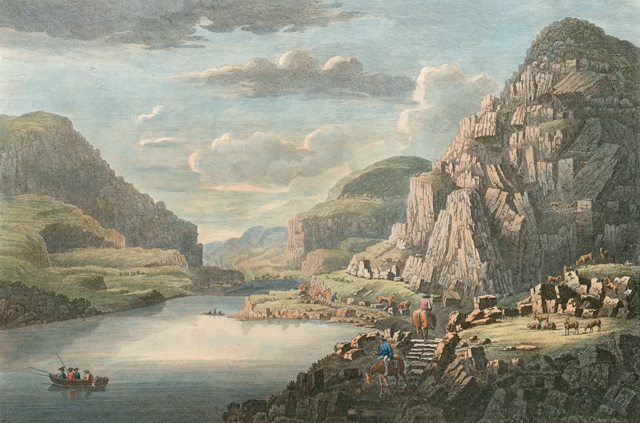An interdisciplinary symposium, investigating how air was conceived in relation to health and locality in Romantic-era culture.
Confirmed Speakers: Rowan Boyson (KCL) [Keynote], Harriet Guest (York), Tim Fulford (DMU), Mary-Ann Constantine (University of Wales), Jennifer Wallis (Imperial College), Christine Kenyon Jones (KCL), William Tullett (Derby), Jane Darcy (KCL).

Date: September 14th, 2018 [Registration Now Closed]
Venue: 3rd Floor Seminar Room, Radcliffe Humanities Building, University of Oxford.
Organisers: Erin Lafford and Rhys Kaminski-Jones, with the support of the TORCH Environmental Humanities Network.
The pursuit of a ‘change of air’, and its supposed effects on mental and physical health, is one of the most recognisable forms of environmental awareness in the long eighteenth century. However, it has yet to be fully incorporated into our understanding of place and locality in Romantic-era culture. James Johnson, citing the curative benefits of ‘pure air’ and a ‘change of scene’ in Change of Air; or the Diary of a Philosopher in Pursuit of Health and Recreation (1831), declared that ‘The valleys of Wales, the lakes of Cumberland, the lochs and mountains of Scotland, the green hills of Erin – all furnish their quota of health and recreation for the “Everlasting City” of the British Isles!’. He also recollected his tour of the reparative ‘atmospheres’ of France, Switzerland, Italy, and Germany. Johnson helps us, therefore, to see how such awareness of healthy or unhealthy air was also regionalised, with specific locations thought to emit different forms of aerial cure or complaint. This symposium will consider how air’s significance as a medical and environmental influence can take us beyond M. H. Abrams’ influential concept of the Romantic ‘Correspondent Breeze’, exploring how atmosphere was also an important medium of local, regional, and national difference. Speakers will cover topics as various as sea airs, mountain airs, unhealthy, urban, and experimental airs, as well as air as an influence on national identity, and the significance of air in picturesque travel writing.
Images courtesy of Llyfrgell Genedlaethol Cymru/The National Library of Wales, the National Gallery of Art, Washington, and the Metropolitan Museum of Art, New York.